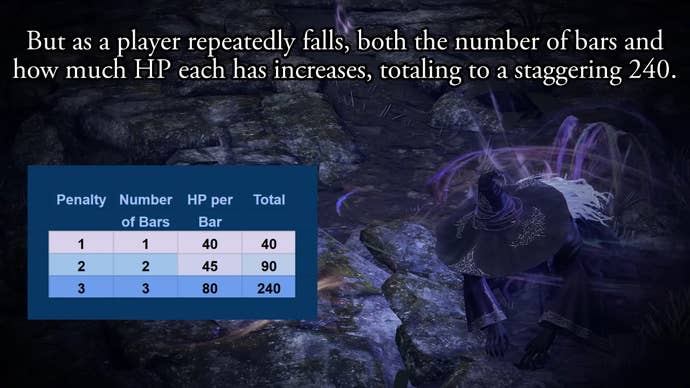ELDEN RING NIGHTREG represents a number of key firsts for developer FromSoftware. As intriguing as it’s to look at the studio, identified for its single-player video games, develop a multiplayer-only title that borrows from roguelikes and battle royale video games, one has to cease and take into account how the workforce tried to unravel sure issues.
Probably the most fascinating features of Nightreign’s gameplay is the revive mechanic, a characteristic that doesn’t exist in any latest title from the studio, however one that’s essential to the co-op sport’s core design.
Handle cookie settings
The best way this works in Nightreign is that, when a participant’s HP reaches zero, they enter a down-but-not-out state. That’s fairly normal for multiplayer video games, however the way you really revive a downed participant is what units FromSoftware’s newest aside.
To be able to get a teammate again up, you have to assault them! How lengthy it’s important to do this for is determined by what number of segments their DBNO bar has, which implies you can be standing there swinging at them for some time earlier than they’re again up.
You gained’t be shocked to be taught that, behind the scenes, there’s a formulation that controls how this mechanic works. It’s, nonetheless, fairly revealing to look into the uncooked numbers and calculations the sport makes, and the way that impacts your capacity to revive/be revived.
The newest investigation from Souls knowledgeable Zullie the Witch – who lately uncovered the true that means behind all these letter grades assigned to every characters’ attributes – have turned their gaze to Nightreign’s controversial revive mechanic to try to see the way it really works.
Handle cookie settings
As defined within the video above, as soon as a participant enters the DBNO state, a 15-second timer begins. For those who performed – or watched – any Nightreign, you’ll know that the extra occasions you die, the more durable it turns into for teammates to have the ability to revive you.
The video reveals that the primary down comes with revive worth of 40, represented by one full bar. What chances are you’ll not realise, nonetheless, is that every subsequent down – and thus, a stuffed bar – will increase that worth exponentially. The second time you fall, your bar can have two segments, at 45 every, for a complete of 90. The third time fills all three bars, besides every now has a price of 80, making the whole 240 – practically twice as a lot as the primary two mixed.
What makes that course of much more irritating is that you could proceed attacking the downed participant to be able to keep momentum and deplete all of their bars. For those who cease for precisely 3.5 seconds, the bars will begin refiling once more. Zullie additionally found that the velocity at which bars fill again up will increase the extra bars (extra downs) a participant has, beginning at 2HP per second and going as much as 40.

You’ll be able to, after all, reverse these harsh penalties by staying alive lengthy sufficient between revives – although chances are you’ll not all the time have the possibility, relying on how deep into an Expedition you might be. The loss of life penalties, in response to the video, lower by only one for each three minutes you’re alive. Alternatively, resting at Web site of Grace will reset the entire thing to its default values.
As for whether or not your weapon or harm kind have an effect on the revive velocity, the reply is a bit sophisticated. Sure, extra damaging weapons will technically make it quicker to revive downed teammates, however buffs don’t have an effect on a weapon’s revive harm.
There’s extra within the video; it’s undoubtedly value watching. Amongst different issues, it additionally explores how spells, and their various assault chains, might have some bearing on their revive speeds.
For all of your different Nightreign wants, you’ll want to bookmark our up to date Elden Ring Nightfine Information.